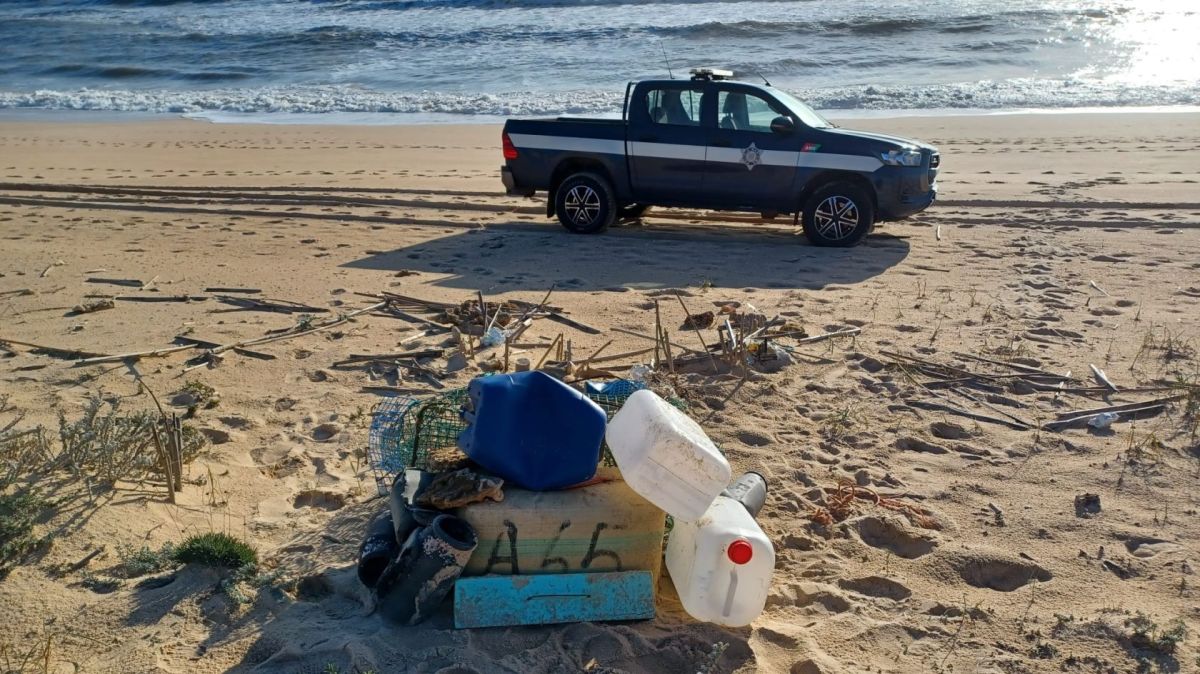“The seizures of this substance are confined to very restricted geographical areas and cannot yet be considered a national phenomenon. However, there has been a more significant record in the districts of Porto, Faro, Setúbal and Lisbon”, said the GNR in response to questions from Lusa.
Provisional data from the GNR indicates that, this year, up to March 4, 1,546 gas cylinders were seized, 1,339 more than in the whole of 2024, when they totalled 207, which represents an increase of 646%, that is, 7.47 times more.
According to figures provided to Lusa, seizures of nitrous oxide cylinders - a psychoactive substance that causes rapid but short-lived effects of euphoria, relaxation, calm and dissociation from reality - have been increasing since 2022, the year in which 162 were seized, as well as 42 capsules, which contain “laughing gas”, which is inhaled through a balloon.
In 2023, the number of gas cylinder seizures rose to 175 and last year, it increased to 207, says the authority, which has been monitoring the appearance of nitrous oxide outside the permitted context.
The consumption of this substance has also been a concern for the PSP, which in 2021 issued an alert to reinforce inspection measures for the sale and consumption of this gas, included in the list of new prohibited psychoactive substances in 2022.
In 2022, the PSP made 173 seizures of nitrous oxide (cylinders or balloons), 69 in 2023 and 152 last year, according to data recently sent to Lusa.
The PSP warns that the continued use of nitrous oxide, whose consumption has been identified in recent times in a recreational context, can cause, in the long term, serious damage to the immune system and changes in memory, among other neurological damage.
“This odourless and colourless gas has become a popular drug at parties and in nightlife settings. It can be inhaled through balloons or cartridges sold for cooking, such as those found in whipped cream containers,” the PSP told Lusa.
The GNR notes, in turn, that nitrous oxide is a product used in the manufacturing industry, in the automotive and food sectors, and in the hospital and pharmaceutical industries, and no situation has been identified that, from a legal point of view, foresees direct human consumption, with the exception of medical-hospital use and under professional supervision.
“In fact, being a legal substance and, despite there being control in its circuit when used in larger quantities, nitrous oxide, due to its plasticity of application in the various sectors of economic activity, it is possible to commercialize in smaller quantities, through various online platforms”, he highlights.
According to the authority, nitrous oxide is mainly purchased online, “but its market size and scale is still under study”.
The European Monitoring Centre for Drugs and Drug Addiction has warned of the increasing recreational use of “laughing gas” by young people, which has been linked to a number of health problems, including poisoning, burns and lung injuries and, in some cases of prolonged exposure, neurological damage.
Hospitals have reported these cases to INEM's Poison Information Center (CIAV), which has recorded 21 cases since 2020, most of them involving boys between 20 and 29 years old, CIAV coordinator Fátima Rato told Lusa.
In 2020, three cases were recorded, four in 2021, and one in 2022. In 2023, none were recorded, and in 2024, eight. In the first two months of this year, five cases of poisoning by this gas have already been recorded, according to Fátima Rato.














